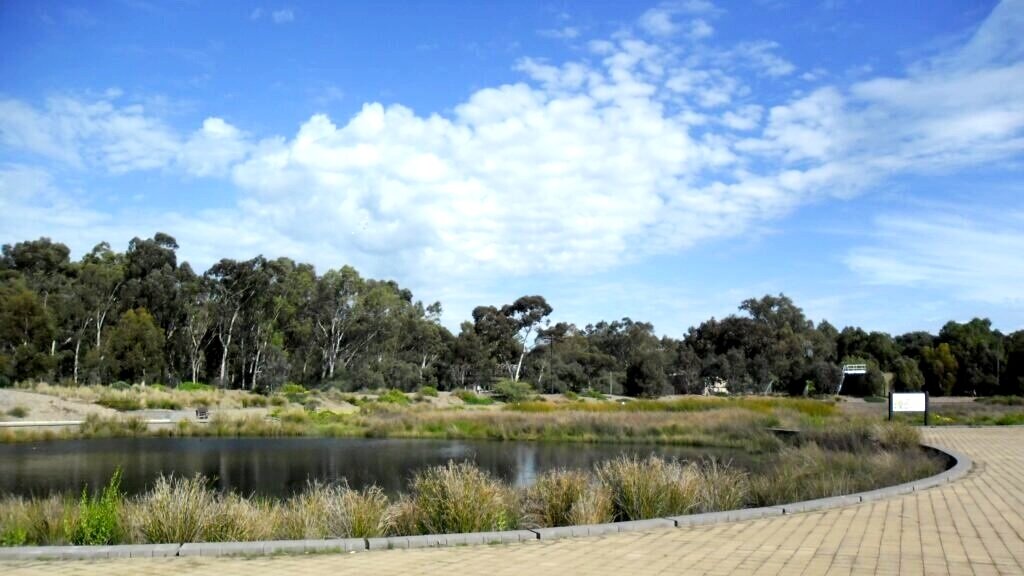Constructed wetlands
Constructed wetlands are just like natural wetlands! They provide a variety of important environmental, social and economic benefits.
They are especially important in urban areas because they clean and filter water.
When rain falls on carparks, roofs and roads, chemicals and pollutants are picked up along the way. Eventually, this can end up in rivers and oceans and harm natural environments and wildlife.
With the help of a wetland, urban water can be cleaned of these pollutants!
So, how does it work?
There are one, or more shallow constructed ponds which are filled with vegetation and water loving plants.
Stormwater is directed into the ponds, where it is slowed and filtered through using natural processes involving the plants, micro-organisms, soil, pebbles and rocks.
Some wetlands even have underground storage to hold the filtered water. This allows collection and storage during the wet, winter months, for use in the dry, summer months.
Constructed wetlands at Felixstow Reserve, City of Norwood Payneham and St Peters
Wetlands provide gallons of benefits, like;
reducing the impact of flooding;
improving stormwater quality and reducing pollution;
creating habitat and supporting a wide diversity of plants and animals;
providing beautiful places for us to explore and enjoy; and
increase our resilience to climate change.
see them in action!
This 109 residential development completed in 2013 features various water capture treatments, including raingardens and a wetland.
The water is used for irrigating vegetation and is cleaned before entering the River Torrens.
More wetland locations include:





